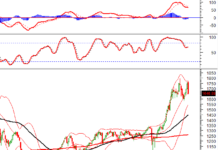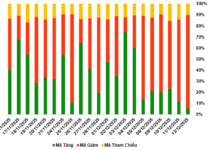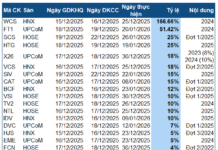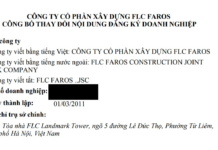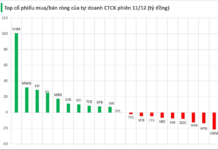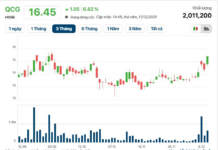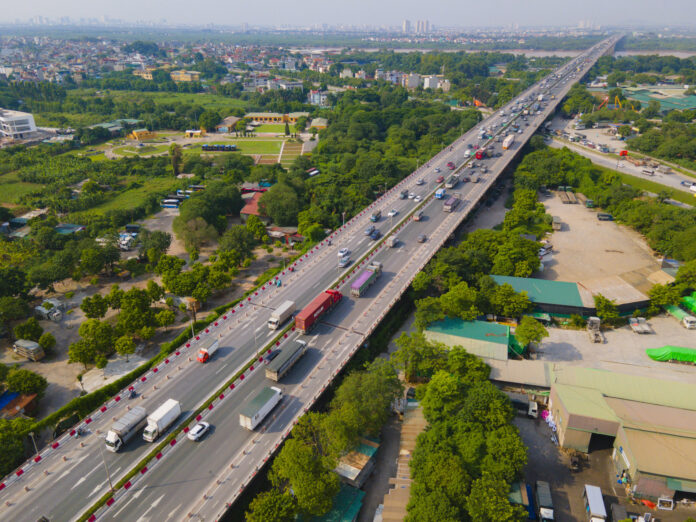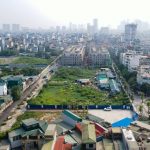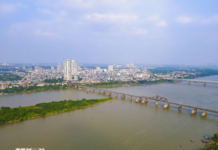
The Thanh Tri Bridge, inaugurated in 2007, spans the Red River with a main span of over 3 km and a total length of more than 12 km. It has six lanes for cars and two lanes for motorcycles and non-motorized vehicles. With an investment of 7,500 billion VND, it was the longest and widest prestressed concrete bridge in Vietnam at the time of its construction.

Connecting Hoang Mai district and Gia Lam district, the bridge features two large interchanges with National Highway 1 and the Hanoi – Hai Phong Expressway. The photo shows the Co Linh Interchange in Long Bien district.

Located at the northwestern gateway to Hanoi, the Thanh Tri Bridge experiences heavy traffic. Despite efforts by the Hanoi Department of Transport to optimize traffic flow, such as narrowing the median strip and creating dedicated lanes, congestion and accidents remain persistent issues.

According to the Hanoi Department of Transport, the bridge is currently bearing a load of over 121,000 vehicles per day and night, eight times its original design capacity of 15,000 vehicles. This has led to severe overloading and deterioration, necessitating a reduction in the speed limit from 100 km/h to 60 km/h.

An inspection of the bridge’s safety features revealed that all 378 rubber-steel bearings and 180 out of 198 bearings of the continuous beam spans constructed on formwork have cracked and swollen surfaces. Some bearings are also working in an inclined state, which can affect the structure over time.

Many rubber bearings have severely cracked and swollen surfaces, with deformations ranging from 1 to 7 mm compared to their original dimensions. This can have long-term implications for the structure of the spans. Additionally, several expansion joints on the bridge are in a state of disrepair, with visible warping and damage.

The surface of the Thanh Tri Bridge has experienced subsidence and deformation, resulting in long grooves and potholes. In some sections, the pavement has also shown signs of rutting and corrugation along vehicle wheel paths.
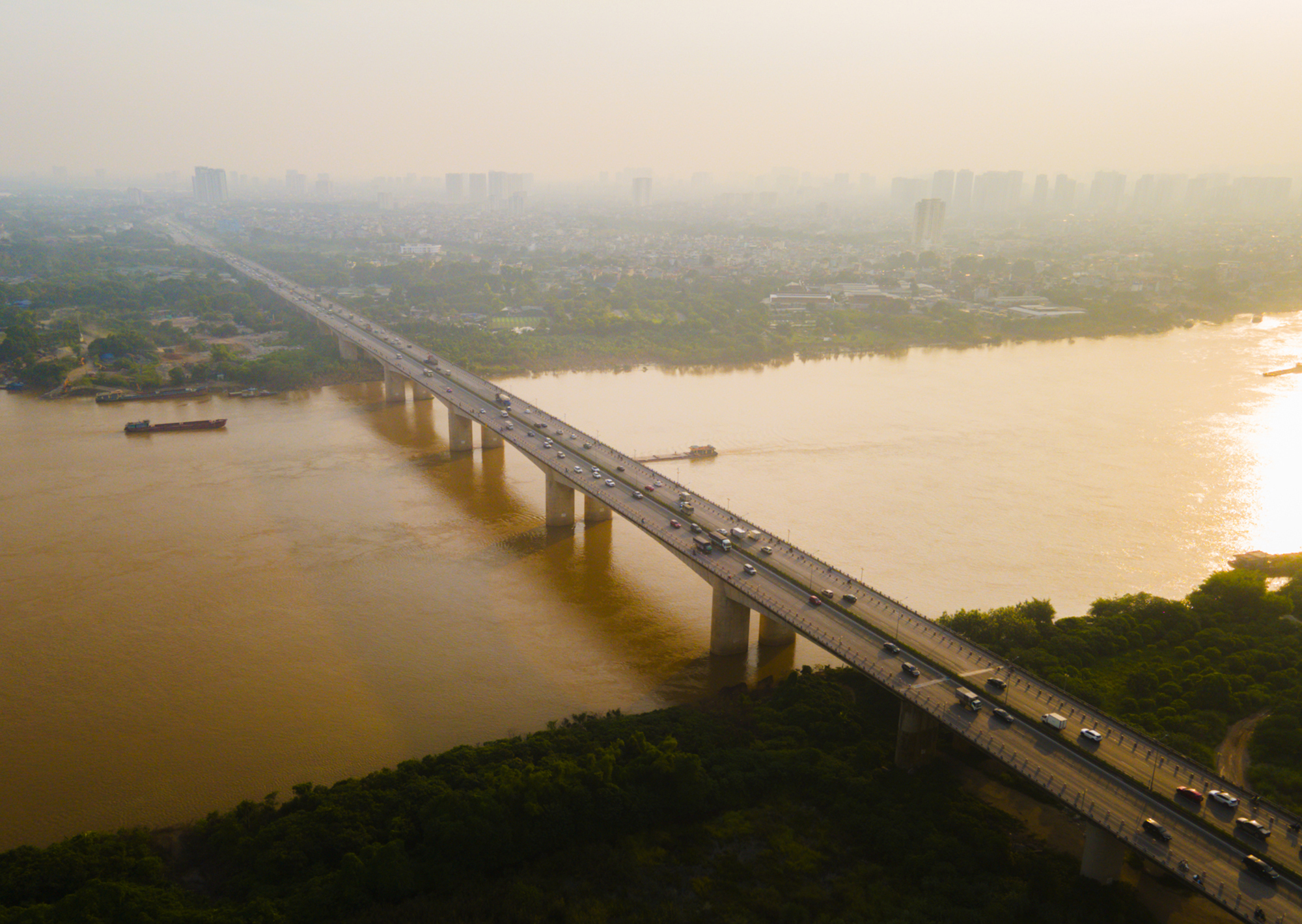
To address these issues, the Maintenance Board of Transport Infrastructure proposed replacing the damaged bearings with new ones of equivalent functionality to ensure safe exploitation. The total estimated cost for the repairs is nearly 120 billion VND, to be funded by the Hanoi city budget, and the project is expected to be carried out between 2024 and 2025.

The repair project for the Thanh Tri Bridge is anticipated to bring convenience to commuters traveling between the outskirts and the city center. The bridge has played a pivotal role in extending Hanoi’s development to the east, boosting the value of real estate on both sides of the Red River. Vingroup has been a key player in this transformation with its Vinhomes projects, including Vinhomes Ocean Park, Vinhomes Ocean Park 2 – The Empire, and Vinhomes Ocean Park 3 – The Crown.

Spanning 420 hectares, almost the size of Hanoi’s Hoan Kiem district, Vinhomes Ocean Park is a massive development featuring 66 apartment buildings and 2,390 low-rise units. Since its inception, it has dramatically transformed the eastern landscape of Hanoi and revitalized the real estate market. Photo: Ngoc Dep
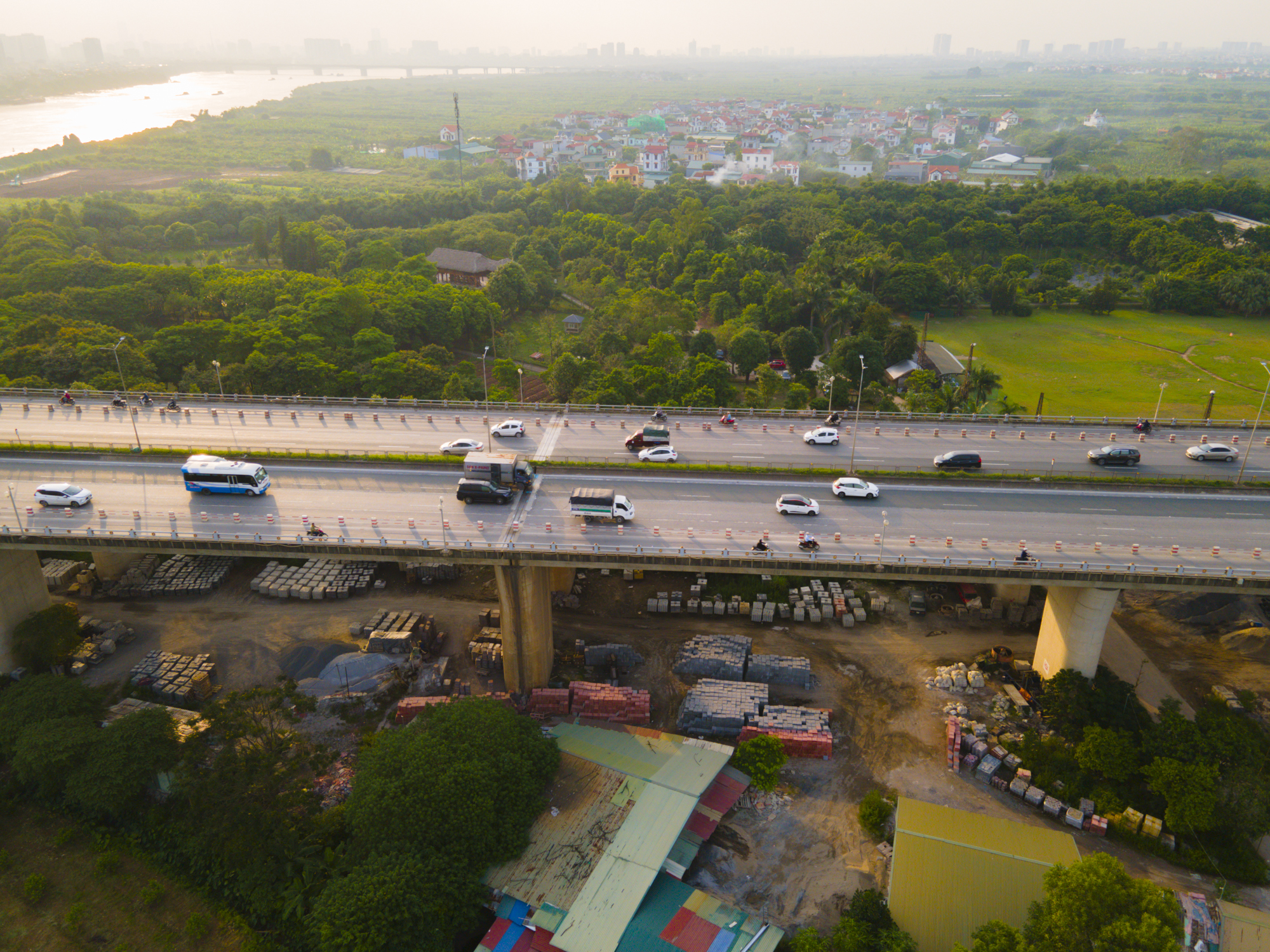
In addition to easing traffic congestion, the Thanh Tri Bridge has helped alleviate the burden on the Chuong Duong Bridge and significantly reduced the volume of vehicles, especially trucks, passing through Hanoi’s inner city. This has led to a decrease in accidents and traffic jams, particularly during peak hours.

The bridge connects National Highway 5 and National Highway 1 via Hanoi’s Ring Road 3, fostering regional connectivity between Hanoi, Hai Phong, and Quang Ninh, and integrating the region into the north-south transport corridor. This has had a positive impact on the economic and social development of the area.
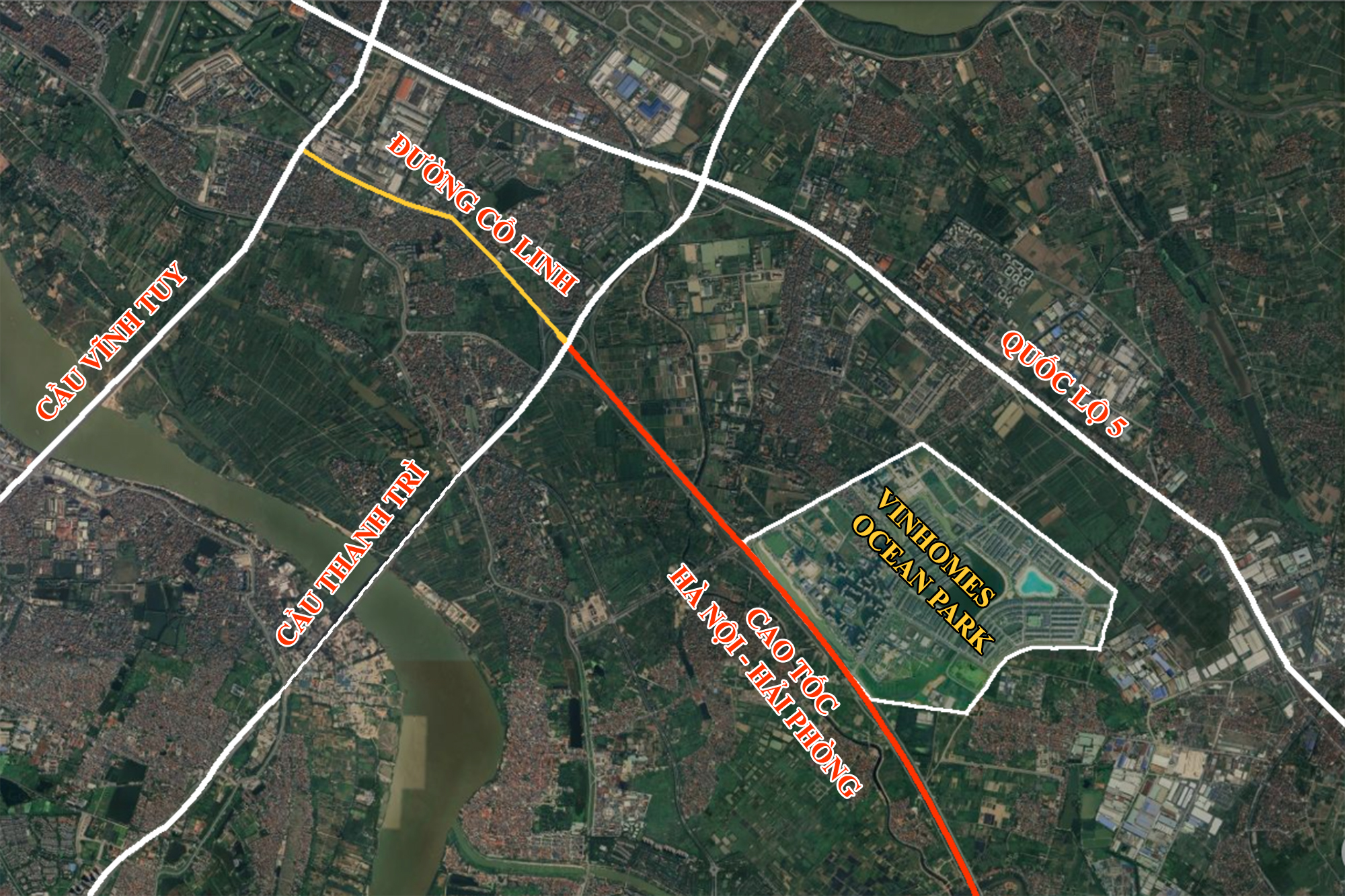
Location map of the Thanh Tri Bridge.
The most extensive bribery case ever in Thanh Hoa: Numerous suspects prosecuted for “Giving and Receiving Bribes”
The Provincial Security Investigation Agency (PSIA) of Thanh Hoa province announced on January 31st that it has made the decision to initiate a prosecution against 23 individuals in connection with the offenses of “Accepting bribes” and “Giving bribes” as stipulated in Article 354(3) and Article 364(2) of the Criminal Code.
Hanoi to have nearly 100m wide road soon
Hanoi is about to have a nearly 100m wide, 1.3km-long road connecting from Xuân Diệu street to the Tây Hồ villa area.
Hanoi’s Update on the Delayed 1.000 billion VND Hospital Project
To address the challenges faced by investors, the Hanoi People’s Committee has instructed the Long Bien People’s Committee and the Department of Natural Resources and Environment to resolve any obstacles that arise during the implementation of the Thang Long 1,000-Year Oncology and Plastic Surgery Hospital project.
Accelerating disbursement of the 120 trillion VND credit package for social housing
Deputy Prime Minister Trần Hồng Hà has recently issued directives regarding the implementation of the 120,000 billion VND credit package for investors and buyers of social housing, workers’ housing, and projects for the renovation and construction of apartment buildings.



